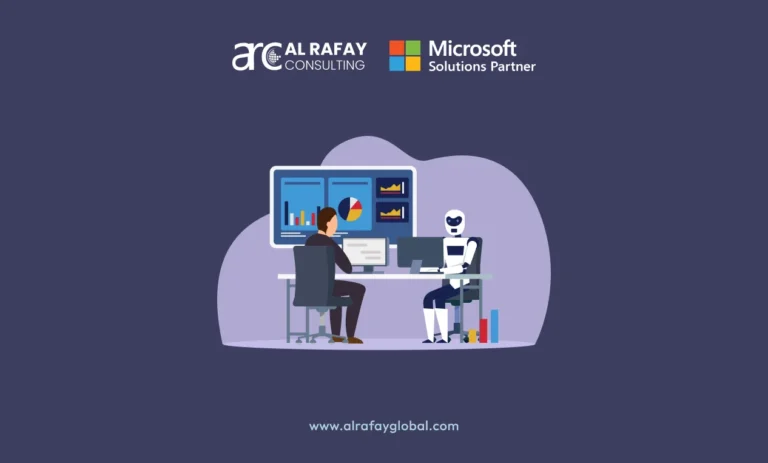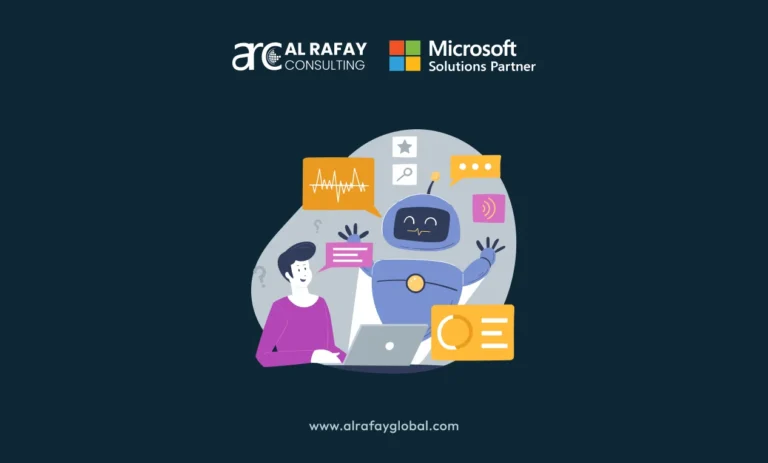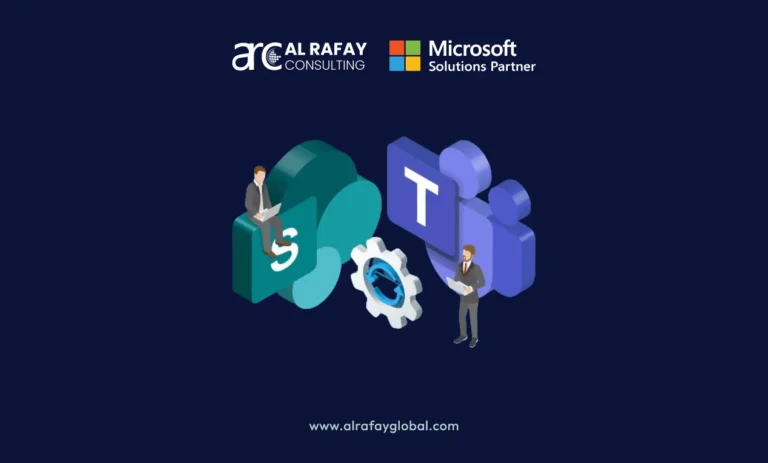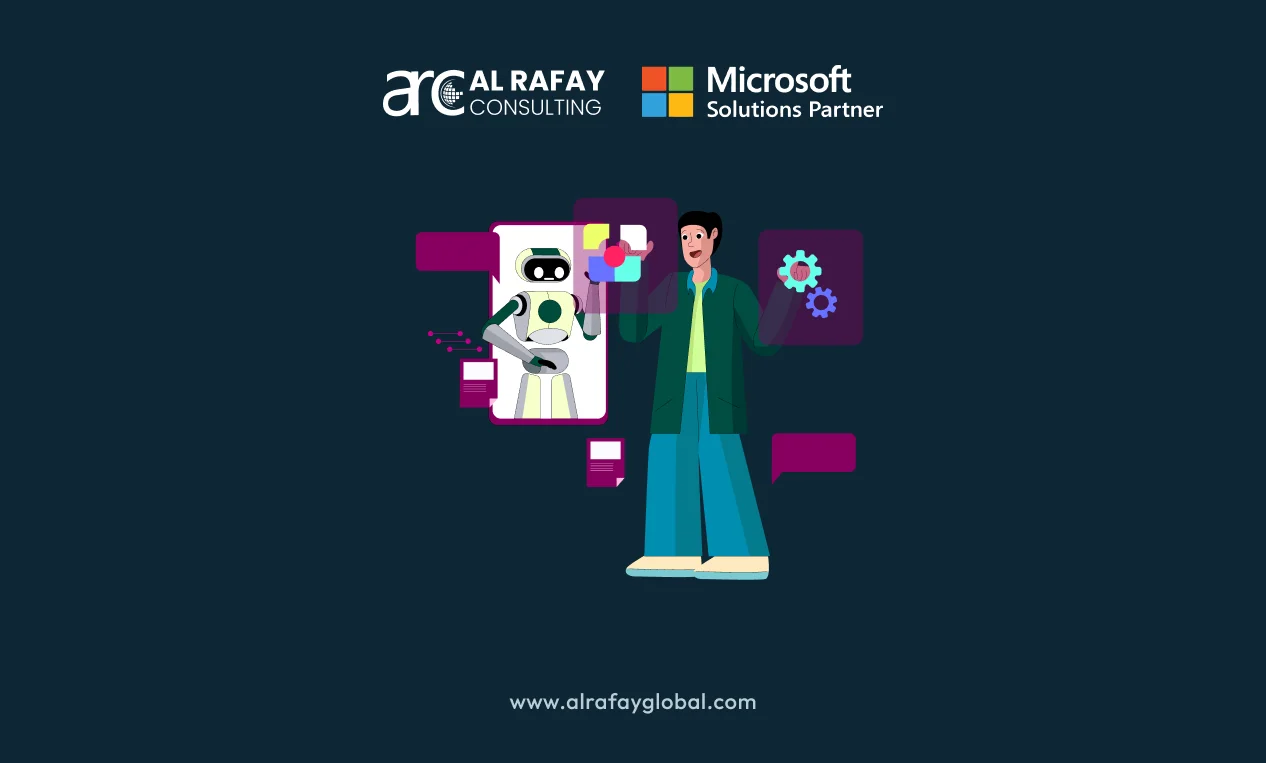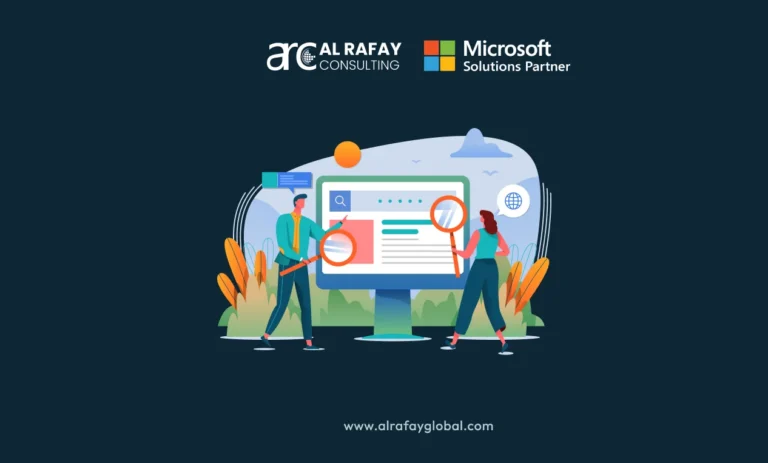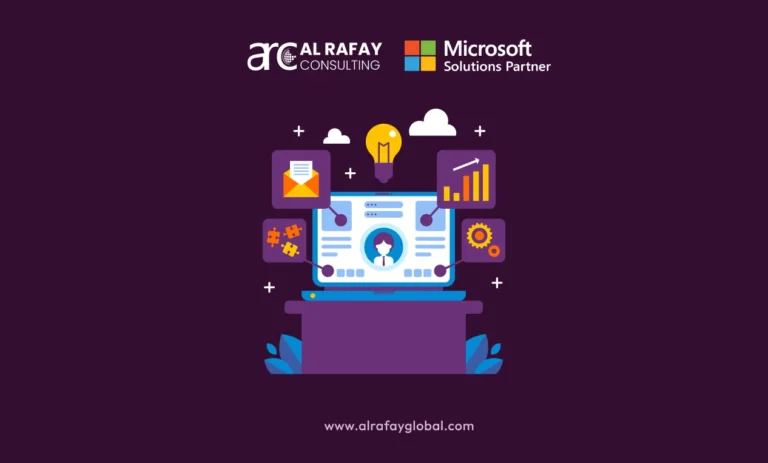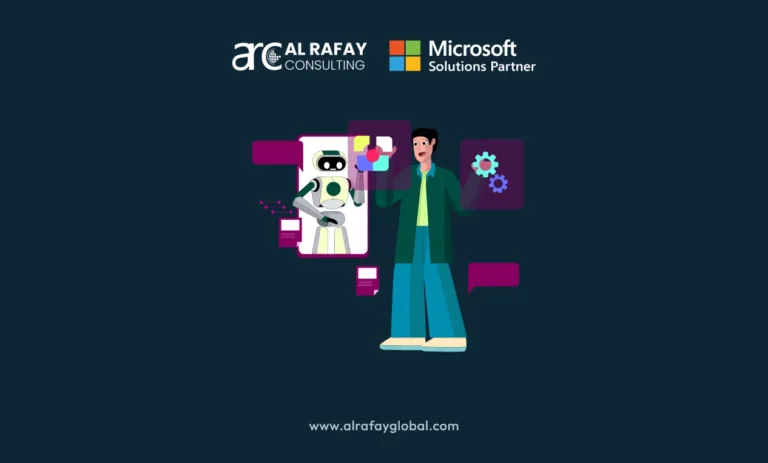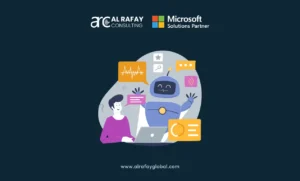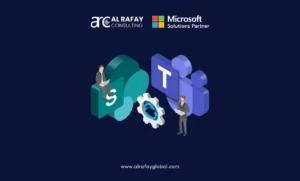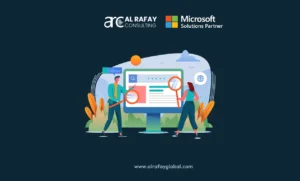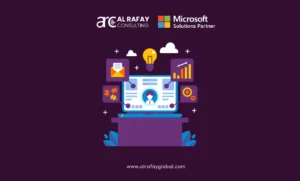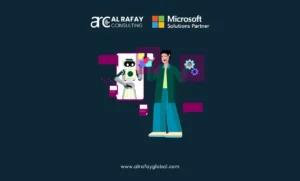Natural Language Processing (NLP)has evolved from basic text processing to advanced applications that can handle knowledge-intensive tasks, such as question answering and summarization. However, traditional NLP models often struggle with tasks that require access to extensive, up-to-date knowledge bases. Retrieval-augmented generation (RAG) is a transformative technique that combines retrieval mechanisms with generative models to address this challenge, making it a powerful tool for enhancing NLP models.
RAG’s hybrid approach merges retrieval, where relevant information is fetched from a knowledge base, with generation, where this information is used to produce coherent, contextually appropriate responses. This setup is advantageous for NLP tasks requiring dynamic information, as RAG can draw on large external databases to create accurate, up-to-date responses.
This blog will explore RAG’s architecture, advantages, limitations, and applications in enterprise AI, providing an in-depth look at how it advances NLP for data scientists, AI researchers, and business owners.
Understanding Knowledge-Intensive NLP Tasks
Defining Knowledge-Intensive Tasks
Knowledge-intensive tasks in NLP require substantial external information for accurate and meaningful responses. Examples include:
Question Answering (QA): Requires answers to complex, multifaceted questions.
Fact-Checking: Verifies information’s validity against established data sources.
Conversational Agents: Respond dynamically based on context, which often demands up-to-date, domain-specific knowledge.
Document Summarization: Condenses lengthy documents with accuracy and context.
Challenges with Standard NLP Models
Traditional NLP models, while powerful, are inherently limited in retaining or accessing dynamic knowledge due to their reliance on fixed training data. Major challenges include:
Knowledge Retention: Traditional models lack long-term memory, limiting their ability to store and retrieve vast information effectively.
Outdated Information: Models trained on static data quickly become obsolete as they cannot update their knowledge without retraining.
Memory Constraints: Limited capacity in models results in loss of intricate details required for knowledge-intensive tasks.
Why RAG is a Solution
RAG’s hybrid approach addresses these issues by pairing retrieval with generation. Retrieval allows for fetching relevant data from external sources, and generation processes this data to provide contextually rich, fact-based answers. This approach creates models that remain relevant, scalable, and capable of handling complex queries by pulling information from real-time sources.
What is Retrieval-Augmented Generation (RAG)?
Core Concept
RAG is a hybrid model architecture that consists of two key components:
Retriever: Responsible for retrieving pertinent information from an external knowledge source, such as a database or knowledge graph.
Generator: Synthesizes this information to generate an output that is relevant and contextually appropriate.
This structure enables RAG to access vast amounts of data, making it a superior choice for knowledge-intensive NLP applications.
Architecture Overview
RAG’s architecture integrates a bi-encoder retriever model with a sequence-to-sequence (seq2seq) generator model:
Retriever Model: Often uses dense embeddings to quickly search and retrieve documents or passages that are semantically related to a given query.
Generator Model: Typically built on transformer models like BERT or T5, which create outputs based on the retrieved data.
Two Main RAG Variants
There are two primary approaches within the RAG framework:
RAG-Token: Retrieves information at the token level, generating responses by sequentially incorporating retrieved information.
RAG-Sequence: Retrieves documents in full and processes them as a sequence, allowing for comprehensive context from each document.
RAG Variant | Description | Best Use Case |
RAG-Token | Incorporates tokens individually, creating nuanced, context-sensitive responses. | Real-time chatbots needing high context sensitivity |
RAG-Sequence | Uses entire documents as a context block, generating responses based on complete information. | Document summarization or fact-checking |
Advantages Over Traditional Models
RAG’s architecture introduces several advantages:
Modularity: Each component (retriever and generator) can be optimized separately, making RAG more adaptable.
Scalability: RAG can scale with increasing data sizes, as retrievers can access vast databases.
Real-Time Relevance: By accessing live databases, RAG avoids the “staleness” of traditional models.
How RAG Works: The Mechanisms
Stage 1: Retrieval
The retrieval stage is crucial, as it directly impacts the quality of the generated response. Common architectures used for retrievers include dense retrievers like Dense Passage Retrieval (DPR), which rely on dense embeddings for fast, accurate retrieval.
Knowledge Sources
The quality and relevance of RAG outputs depend significantly on the knowledge sources it accesses, which can include:
Wikipedia and other open-domain sources for general knowledge.
Custom Datasets tailored for specific industries, like healthcare or finance.
Challenges in Retrieval
Relevance of Information: Retrieved content must be relevant and up-to-date to maintain accuracy.
Latency in Retrieval: Balancing retrieval speed without compromising the model’s accuracy can be a challenge, especially with large databases.
Stage 2: Generation
The generator interprets the retrieved data and synthesizes a response. Generators are often transformer models like BERT, T5, or BART due to their efficiency in text-generation tasks.
Training Process
RAG models undergo training to align retrieved data with meaningful outputs. The generator learns to synthesize relevant details while excluding unnecessary information. This training ensures that RAG can provide responses that are both accurate and contextually appropriate.
Dynamic Interaction
The retriever and generator interact dynamically, where the retriever finds the most relevant information, and the generator tailors its output to the specific context of the input query. This back-and-forth interaction allows for precise, context-sensitive responses.
Example Workflow
Consider a question-answering task:
User Query: “What are the causes of climate change?”
Retriever: Fetches articles or documents with relevant sections on climate change causes.
Generator: Synthesizes this information, providing a comprehensive answer like, “Climate change is primarily caused by greenhouse gas emissions from human activities such as burning fossil fuels, deforestation, and industrial processes.”
Advantages of RAG for Knowledge-Intensive Tasks
Retrieval-augmented generation (RAG) is an innovative approach that significantly enhances the capabilities of natural language processing models, particularly in knowledge-intensive tasks. Here are some key advantages of RAG:
Enhanced Accuracy and Context
One of the standout features of RAG is its ability to enhance accuracy and context in responses. The retriever component can pull precise and contextually relevant information, ensuring that the answers generated by the model are not only accurate but also informed by real-time data.
For instance, in applications such as fact-checking, RAG can be employed to verify statements using the latest statistics, research findings, or other authoritative sources. This capability not only boosts the trustworthiness of the responses but also supports users in making informed decisions based on the most current information available.
Scalability
RAG’s architecture lends itself to scalability across various industries and domains. By integrating customized knowledge bases tailored to specific needs—such as proprietary databases in healthcare or financial services—RAG can adapt to a wide range of applications.
This scalability allows organizations to deploy RAG models that meet their unique requirements without the need for extensive modifications. As a result, businesses can leverage RAG to enhance operations, improve customer engagement, and drive innovation across different sectors.
Reduced Model Complexity
Traditional natural language processing models often require vast amounts of data storage to encompass all relevant knowledge, leading to larger and more complex systems. RAG addresses this issue by drawing from external sources, thereby reducing the need for extensive internal knowledge storage. This reduction in complexity not only makes the model smaller and faster but also simplifies maintenance and updates, allowing developers to focus on refining other aspects of the system.
Real-Time Knowledge Updates
Another significant advantage of RAG is its capability for real-time knowledge updates. Since the model can access data directly from external sources, there is no need for costly retraining every time new information becomes available. Instead, any updates made to the knowledge database are immediately reflected in the model’s responses. This feature ensures that users always receive the most accurate and up-to-date information, enhancing the overall reliability and effectiveness of the system in dynamic environments.
Limitations and Challenges of RAG
Retrieval-Augmented Generation (RAG) is a powerful approach that combines the strengths of retrieval and generation in natural language processing. However, this innovative method also presents several limitations and challenges that developers and researchers must navigate.
Computational Overheads
One of the primary challenges of RAG models is their significant computational overhead. The dual process of retrieval and generation requires substantial computational resources, which can become a bottleneck, particularly in large-scale implementations. To maintain efficiency and performance, high-performance hardware, including GPUs, is often necessary. This requirement can increase operational costs and limit accessibility for smaller organizations or projects with constrained budgets. As a result, balancing performance with resource availability becomes a critical consideration in deploying RAG systems.
Dependence on Knowledge Source Quality
The effectiveness of a RAG model heavily depends on the quality of the knowledge sources it utilizes. If the underlying data is outdated, incomplete, or biased, the model’s outputs will reflect these deficiencies, leading to incorrect or misleading responses. This reliance underscores the importance of regularly updating and auditing knowledge bases to ensure accuracy and relevance. Consequently, maintaining high-quality sources is a continuous process that requires dedicated resources and attention.
Latency in Real-Time Applications
In real-time applications, users expect rapid responses, which can be challenging for RAG models due to the inherent latency introduced by the retrieval process. This delay can hinder the model’s usability in scenarios where immediate answers are essential, such as customer support or live chat applications. Addressing latency issues without sacrificing retrieval accuracy is a complex problem that requires ongoing research and optimization.
Data Privacy Concerns
Another significant challenge involves data privacy. For applications dealing with proprietary or sensitive information, securely handling data while accessing external databases is paramount. Ensuring privacy entails implementing stringent protocols, including data encryption and secure access methods. The need for robust privacy measures adds an extra layer of complexity to RAG deployments, particularly in industries with strict regulatory requirements.
Future of RAG and Emerging Research Directions
The future of Retrieval-Augmented Generation (RAG) holds great promise, driven by ongoing research and innovations aimed at enhancing its efficiency, applicability, and ethical standards. Here are several key directions where research is focusing:
Optimizing Retrieval Speed
Recent studies have been directed towards improving retrieval efficiency in RAG models. Techniques being explored include:
Indexing Optimizations: Streamlining how data is stored and accessed can lead to faster retrieval times.
Approximate Nearest Neighbor (ANN) Searches: Implementing ANN methods allows for quicker searches through vast datasets without significantly compromising accuracy.
These advancements are expected to significantly reduce latency in responses, making RAG models more suitable for real-time applications while maintaining their accuracy.
Expanding Knowledge Bases
Another exciting direction in RAG research is the expansion of knowledge bases to support multimodal inputs. This includes:
Integration of Various Media Types: RAG models will not only utilize text but also images, tables, and videos.
Multimedia Retrieval: This capability will enhance applications in diverse fields, such as healthcare, where visual data plays a crucial role in diagnostics.
By incorporating multimodal knowledge, RAG can provide richer, more comprehensive responses to user queries.
Model Efficiency
To make RAG models more accessible, especially in resource-constrained environments, researchers are exploring various model efficiency techniques, such as:
Model Distillation: This technique simplifies a complex model into a smaller, more efficient version while preserving performance.
Pruning: Removing less important parts of the model helps reduce its computational requirements.
These strategies aim to make RAG models easier to deploy in environments with limited computational power.
Ethical and Privacy Considerations
As RAG models gain traction in real-world applications, addressing ethical and privacy concerns becomes paramount. Current research focuses on:
Improving Transparency: Ensuring users understand how RAG models make decisions.
Enhancing Interpretability: Making the decision-making processes of RAG models more accessible.
Data Anonymization: Developing methods to protect sensitive user information while using RAG systems.
By prioritizing these ethical considerations, researchers aim to build trust and ensure responsible use of RAG technology.
Getting Started with RAG: Tools and Frameworks
Retrieval-augmented generation (RAG) is a powerful approach that combines retrieval systems with generative models to produce high-quality outputs based on external knowledge bases. Implementing RAG can significantly enhance the performance of natural language processing (NLP) tasks. This guide will introduce you to popular libraries and tools, as well as provide a basic setup for a RAG pipeline.
Popular Libraries and Tools
For those looking to implement RAG, several tools and libraries can facilitate the process:
Hugging Face’s RAG:
Offers a ready-to-use RAG model.
Provides extensive documentation and community support.
Dense Passage Retrieval (DPR):
Useful for implementing a retriever module.
Facilitates effective document retrieval through embedding-based approaches.
FAISS (Facebook AI Similarity Search):
Optimizes retrieval speeds, especially with large datasets.
Efficiently handles nearest neighbor search.
PyTorch and Transformers Libraries:
Enable customization and training of both retriever and generator components.
Offer flexible frameworks for model development.
Basic Setup
Setting up a simple RAG pipeline involves three key components: a retriever, a generator, and a knowledge base. Here’s a brief overview of the steps involved:
Configure the Retriever:
Choose a suitable retriever model (e.g., DPR) and set up a method to fetch relevant documents based on input queries.
Connect to the Generator:
Use a generative model from libraries like Hugging Face to create natural language responses based on retrieved documents.
Define a Knowledge Base:
Populate a knowledge base with relevant data or documents that the retriever can access during the retrieval process.
Many frameworks, such as Hugging Face, provide comprehensive tutorials and documentation to help users get started.
Visual Overview
To make this information more interactive, consider the following chart illustrating the components of a RAG pipeline:
Component | Functionality |
Retriever | Fetches relevant documents for a given query |
Generator | Generates responses based on retrieved documents |
Knowledge Base | Stores the documents or data used for retrieval |
Key Metrics for Evaluating RAG Models
When implementing Retrieval-Augmented Generation (RAG) models, understanding and tracking specific performance metrics is crucial to assess their effectiveness and efficiency. Key metrics for RAG models include:
Retrieval Accuracy: Measures how often the retriever successfully finds relevant documents or passages for a given query. Higher retrieval accuracy typically improves the quality of the generated responses.
Generation Quality (BLEU, ROUGE, F1 Score): These metrics evaluate the quality of generated responses. BLEU and ROUGE scores assess how well the generated text aligns with reference answers, while the F1 score measures precision and recall in output accuracy.
Latency: Indicates the model’s response time. Since RAG involves both retrieval and generation stages, balancing latency with response quality is essential, especially in real-time applications.
Memory Efficiency: Reflects the computational and storage resources required by the model. Tracking memory usage is particularly important for scalable RAG models, which handle large knowledge bases.
User Satisfaction (Human Evaluation): For applications in customer support or conversational AI, subjective metrics like user satisfaction can provide valuable insights into RAG’s usability and response relevance in practical scenarios.
Monitoring these metrics helps optimize RAG models, ensuring they deliver accurate, efficient, and user-friendly responses for knowledge-intensive NLP tasks.
Conclusion
Retrieval-augmented generation (RAG) represents a significant advancement in NLP by bridging retrieval with generation for knowledge-intensive tasks. By accessing vast, real-time data sources, RAG provides accurate, context-rich answers without extensive model retraining. Its applications, from customer support to document summarization, demonstrate its adaptability and efficiency. As the technology evolves, the potential for RAG in industries requiring dynamic, up-to-date knowledge will only grow, making it a transformative tool for NLP and beyond.

